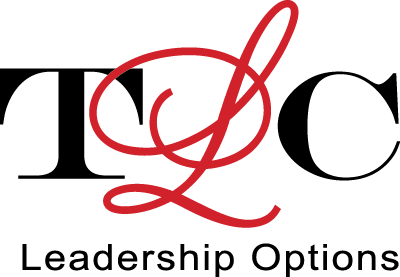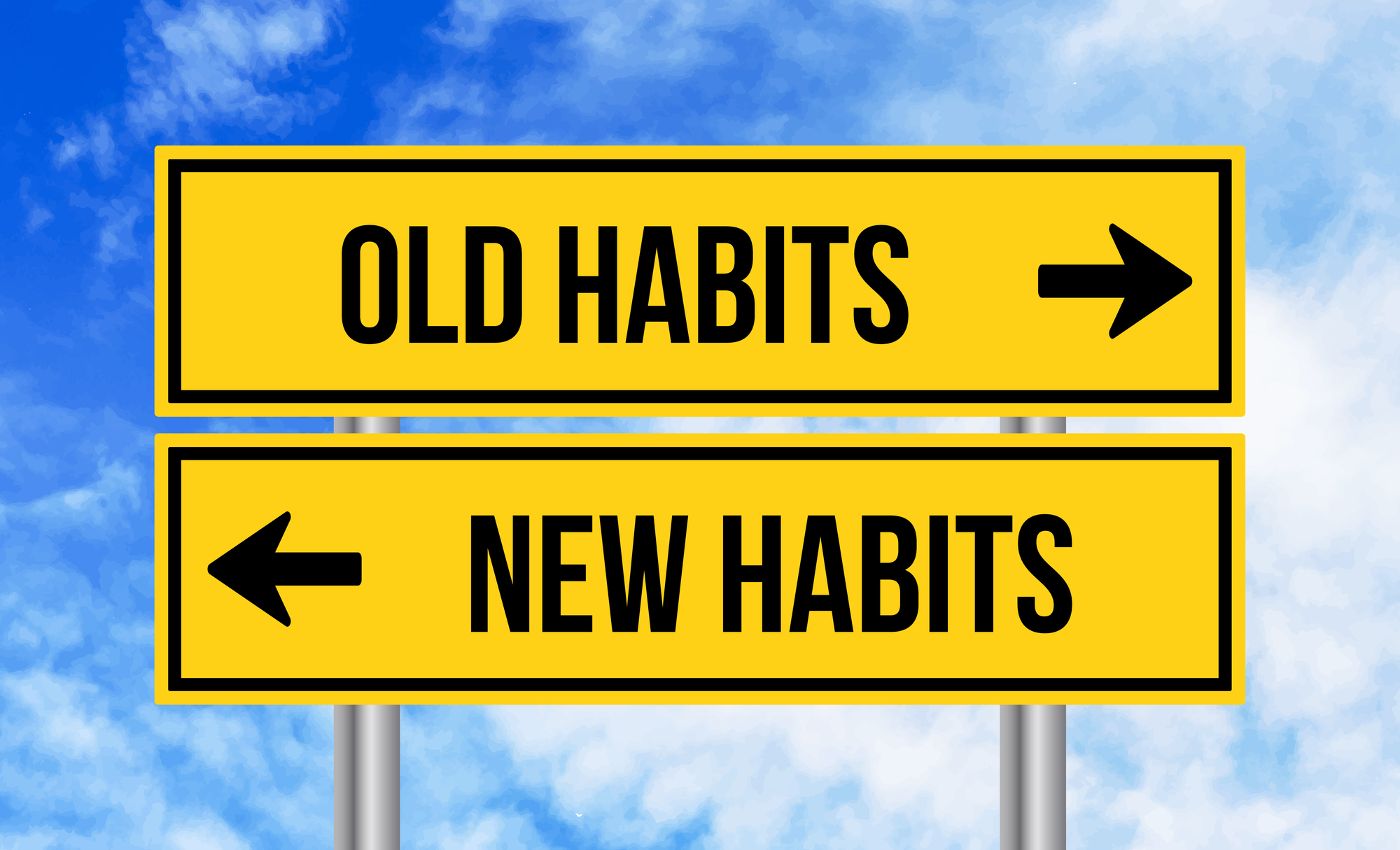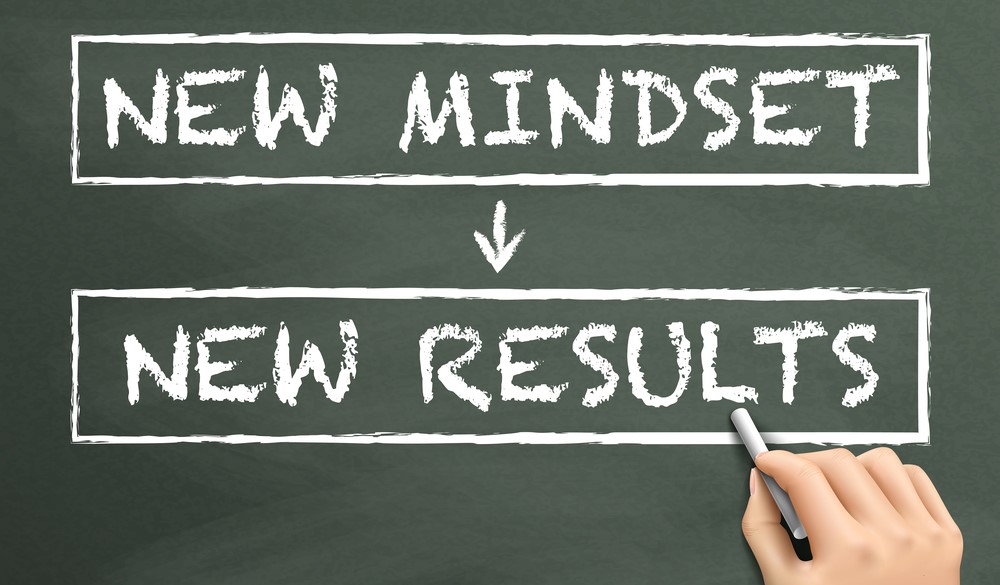In October of 2022, I wrote about “The Power of Confidence” and we explored consciously choosing self-confidence and managing our emotions more effectively. That post is a good set-up to this discussion of changing our own behavior. First, we must choose to do so. But after that, understanding the stages of human behavior change and having a method for ingraining a new behavior are excellent tools if you want to succeed in the process. Keep reading to learn more.
Behavior Change is Challenging
I teach a class called “Effective Leadership” in an MBA program. On the first night of class, in my introductory remarks, I tell the students how this class will be the most impactful of their MBA courses, because it is all about them and how to become great leaders. Then I tell them (among other things) that it will be the most difficult class they will take, because behavior change is the hardest thing any of us will ever do. Yes, I firmly believe that changing our own behavior is one of the most difficult challenges any of us faces. If you have ever tried to quit smoking, or drinking or change ANY ingrained habit, you know what I mean.
The nature of organizations has changed and so has the definition of effective leadership behavior. But why are we considering behavior change in a Leadership blog? That’s easy: because the nature of organizations has changed and as a result, the behavior expected of C-suite executives, as well as leaders at other levels, has changed. Leading technology change, interacting with broader groups of stakeholders, managing communications in real time due to the wide variety of social media, and the need for sensitivity relative to DEI issues – these are some of the drivers that require leaders to have greater social skills than ever before.
As you advance, your earlier roles and success were based on a functional expertise and hands-on management of specific details. You were a “doer,” with measurable goals in terms of sales, product market share, process completion, issues addressed, client revenue, goods produced, and the like. As a leader, your role will be to empower and enable others to complete the work you used to do. You have overall responsibility for enabling an organization to achieve its goals. At this level of leadership, you are interacting with team management peers, leveraging your experience and judgment to solve bigger problems or drive changes in the organization. Your functional expertise is background knowledge to coach your team to be successful, but you are not doing the work.
Behaviors such as inspiring/motivating, thinking longer term and strategically to drive decision-making, communicating to influence, and interpersonal sensitivity when dealing with many constituents: these are the required social skills that must be mastered. I have seen more than one business leader stumble when dealing with other executives in politically or interpersonally sensitive situations of broader scope and impact in an industry. Many do not have the cultural or social knowledge to deal effectively with global employees and customers if the organization has neglected to prepare them.
I have coached many executives through a process designed to help them learn new behaviors. We are speaking of interpersonal skills, the so-called “soft skills” that are the hardest of all to learn and consistently deliver, especially if they are not part of one’s natural style. In this article, we will discuss how a structured coaching process helps individuals to learn new behaviors to address the leadership challenges of today.
How the Coaching Process Supports Behavior Change
We have stated that becoming an effective leader will involve developing some new skills or behaviors. One of the most effective tools for leadership development is executive coaching. An organization may select individuals for coaching if their potential to grow into leadership has been noted, or in some cases individuals are selected to remedy problems or deficits. In either case, the purpose of coaching is to initiate individual growth and change.
Prochaska and DiClemente studied behavior change and published the Transtheoretical Model (TTM), or Stages of Change Model in 1992. Based on their work with former smokers, they discovered that change was successful when individuals go through a series of stages prior to acting. An effective coaching process is built on the same stages that move an individual through the behavior modification process, as described in the following:
1) The first phase of behavior change is Precontemplation.
In the first step of the Stages of Change model, a person is unaware of a specific need to change. In coaching, this often translates to unconscious patterns of behavior and their impact on others. The coaching process starts with an introductory interview. The questions posed stimulate the thinking process of the coachee regarding their own behavior and motivations. Questions around childhood, influencers, experiences, studies, and choice of career often prompt comments such as, “I never thought about that before.” Coach and coachee may discuss values, dreams, and visions of the ideal future. The next stage, contemplation, results from thought-provoking questions in this phase.
2) Next is the Contemplation phase.
In the change model, the participant is now starting to contemplate the need for change now that they have been made aware of a need. The coachee completes a personality assessment and/or the coach gathers 360° feedback. The debriefing process offers valuable insight into how others see the coachee and their strengths and opportunities for improvement. The coach encourages the participant to review the personality results, and the feedback and contemplate behavior changes they want to work on during coaching. The commitment of the coachee to learn something new at this phase is critical.
3) The third phase of the change process is Preparation.
Prochaska and DiClemente tell us that now the individual is making plans for how they will change their behavior. In coaching, the client develops a coaching goal plan. This is where the coach works with a client to write very specific behavior change goals and indicate the situations where they can practice the new behavior. For example, if a leader wants to become more empathetic, he/she might start with improving their listening skills, to become more aware of others’ thoughts and needs. We might designate certain meetings to practice talking less and listening more. A timeline, measurement of success, and feedback partners are the elements that complete the coaching plan. Typically, there are 2 or 3 goals to work on during coaching.
4) After setting the goals in Preparation, we move into Action.
In the action phase, the individual puts their plan into practice. A coach and coachee will meet every 2 weeks and during that time the coachee is practicing the new behaviors according to the goal plan. Repeating the new behavior is the way to retrain the brain and gradually make the behavior the norm. Coach and participant meet and discuss successes or setbacks, both instrumental to learning and reinforcing the behavior.
5) Maintenance is the last step in the Stages of Change model.
During maintenance, the new behavior becomes habitual, and is practiced regularly. A typical coaching process takes 6-12 months. The maintenance phase follows the end of coaching. In the best of worlds, the coachee’s boss or mentor takes over the role of coach/encourager and the behavior change process is practiced and discussed. The coachee can also work with an accountability partner.
Becoming an effective leader is more challenging today than it has ever been. No longer is it enough to be a technical or functional expert. Today’s organizations require interpersonal skills and emotional intelligence. Many organizations are realizing the need for well-designed leadership development processes and the individualized attention to improvement that is offered by leadership coaching. For executive coaches, recognizing the stages of behavior change sharpens the focus on asking provocative questions to stimulate insights that help move the coachee through the stages of coaching, change and ultimate success.





